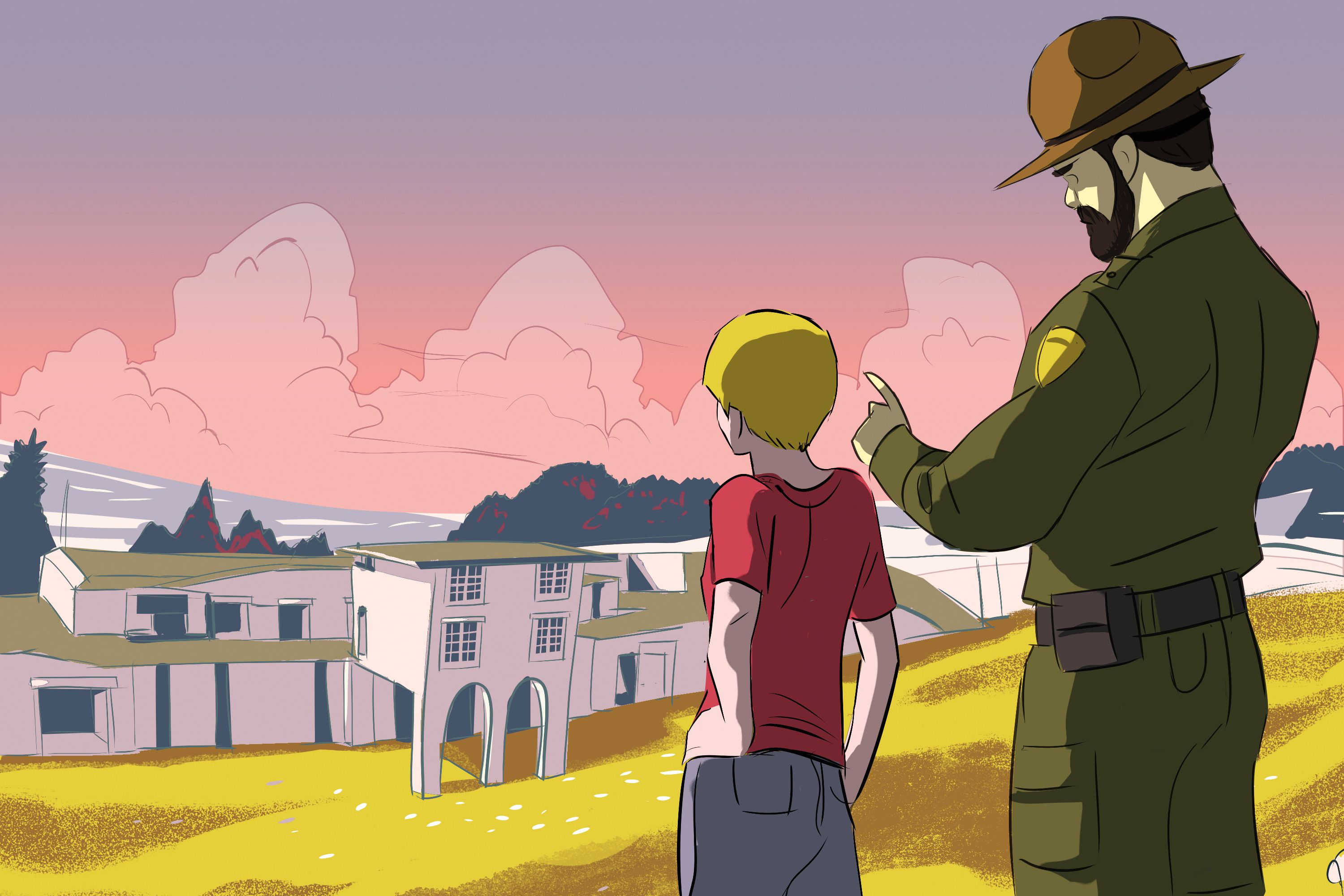Pedestrian Chronicles: Bell Street Park Gets It Right
My pal and former colleague Charles Mudede, has a post at the Stranger's Slog today criticizing the new Bell Street Park, the four blocks between 1st and 5th on Bell Street in Belltown that the city—with $5 million in Parks Levy money—has turned into a mixed car-and-pedestrian zone through a battery of traffic calming design and ped-friendly amenities.
I've praised Bell Street Park for its ingenuity before here and here. Refashioning the design equation to make more room for pedestrians deserves a round of applause.
Charles' problem with Bell Street Park is that it allows cars at all.
Cars are certainly a problem, but not, largely, in and of themselves. The fundamental problem with cars is the infrastructure that has been built up—and continues being built up—to serve and promote them as the organizing principle of society. Cars, in many ways, (think car- and ridesharing) can be efficient and ingenious. It's the bloated infrastructure that must change: Highways lead to sprawl, which taxes our resources, trounces efficiency, and at a macro and political level, undoes community.
Bell Street Park directly confronts this paramount problem by reclaiming existing infrastructure that had forever been solely used for cars.
No cars! is righteous position, but it misses the magic of cities: The chaos of mixing different lifestyles, cultures, needs, uses, and modes in one place paradoxically gives way to unbridled efficiency. Welcome to Bell Street Park.
Charles laments that cars don't drive through parks—people get out of cars and walk to and in parks, he says.
Well, yes, in the suburbs.
But in cities, people are out and about. And turning a city street, once the exclusive domain of cars, into a place where pedestrians are allowed (there is no longer a curb, and in my favorite aspect of the Bell Street Park design, the curbs have been turned on end and repurposed into perches for sitting down) is a change to the infrastructure that redefines planning by redefining use.
There are already places where cars aren't allowed. But diminishing places where pedestrians traditionally haven't been allowed alters the terms for designing infrastructure.
Cities are a place where mixed use is the becoming the smartest design principle. (Frankly, that's why I dislike the single-use stadium district idea; look how it's screwed light rail design). A ped/car zone in pedestrian heavy downtown gets the mixed-use tenet exactly right.
And Charles is wrong when he says this idea is not new. Yes, there are woonerfs (a term for mixed ped and car zones I learned from uber urbanist Mike McGinn back when he was a neighborhood activist) in Scandanavia, but they are largely in outlying zones of cities (with the possible exception of Pike Place Market), not in the downtown core.
Equalizing the infrastructure in downtown streets is, in fact, a radical move, and a necessary one.
Yes, people are supposed to get out of their cars and walk into the park. But they aren't supposed to walk out in the middle of a street. In Bell Street Park they can.
Charles' Year Zero absolutism—no cars!—is righteous position, but it misses the magic of cities: The chaos of mixing different lifestyles, cultures, needs, uses, and modes in one place paradoxically gives way to unbridled efficiency. Welcome to Bell Street Park.




